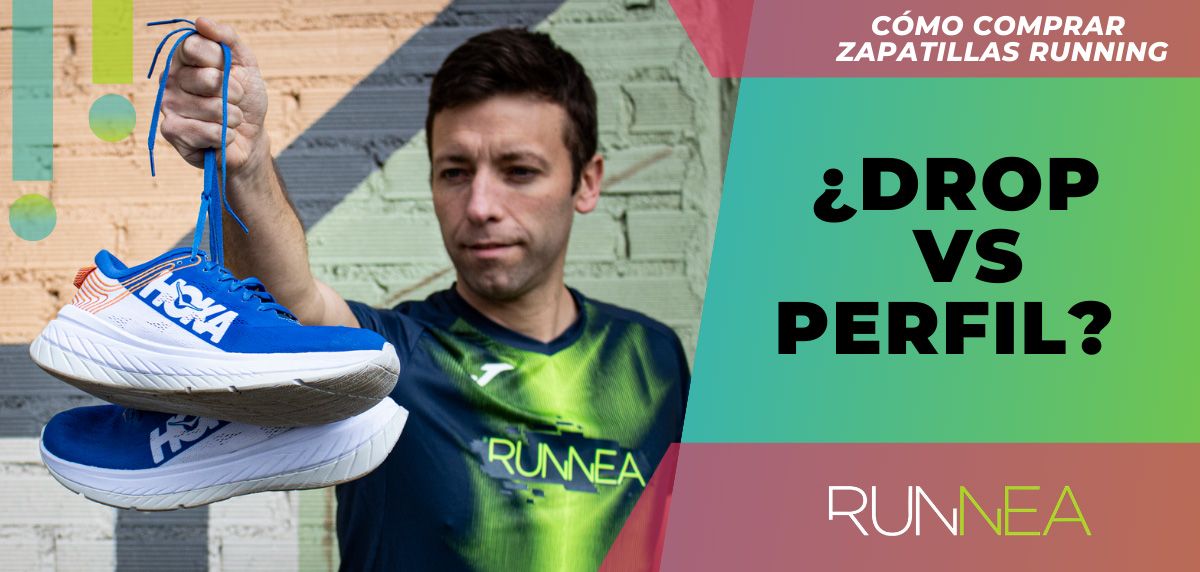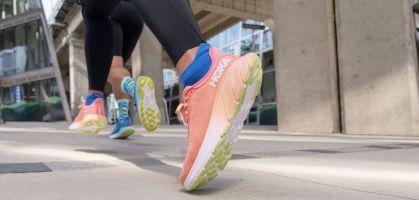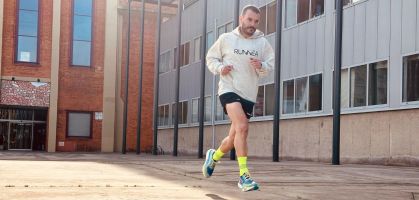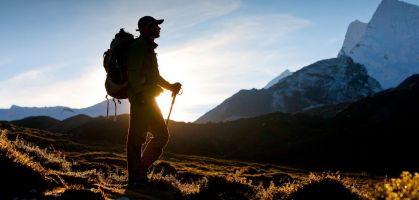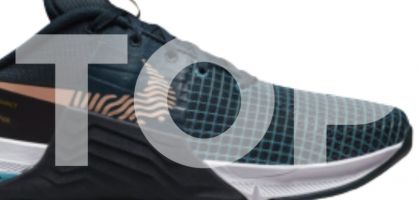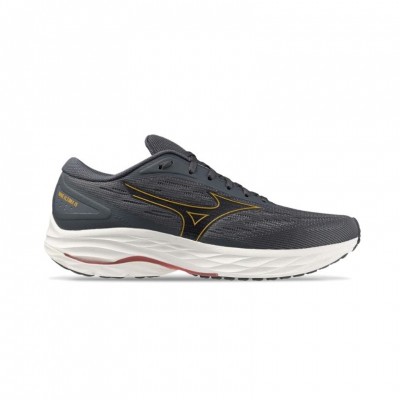Even without understanding it clearly, when buying a new running shoe, some of the most typical questions are: What is the drop? Neutral, pronator or supinator? Are they training or flying? But at Runnea we are ready to debunk a myth: if you are looking for new Running shoes: don't give so much importance to the drop, and put more emphasis on the profile of the model itself! Of course, also pay attention to what you really need to run optimally and comfortably. We give you the keys!
There is no doubt that with so many different brands and models, the task of finding the pair of Running shoes that best suits your running characteristics is more than complicated. In many cases, the level of complexity is higher when you have several options in front of you, and you are not sure what to choose. Doubts arise, and since the investment in running shoes is not a minor issue, it is necessary to dot the i's and cross the t's. Therefore, from the editorial team of Runnea we recommend you to press play and listen to the chapter of Runnea Podcast: "How to know if you are buying the right Running shoes?" with our leading sports podiatrist Toni Fernandez Sierra It has no waste!
Don't look at the drop of the running shoe and look at its profile!
First of all, do not mix concepts: is the drop the same as the profile of the shoe? You should know that they are not the same thing. In fact, the most common mistake is that we tend to confuse them, and that leads to a wrong purchase decision, and therefore, we increase, almost unconsciously, the risk of possible injuries by not wearing the right running shoe for our needs and characteristics as runners.
When we talk about drop we also refer to the compensation or drop of the heel, and its technical definition indicates that it is the difference in height, in millimeters, between the heel and the forefoot area. Although there is no good drop and bad drop, two practical examples: if we take the iconic Nike Pegasus 37, and we have heel heights of 32mm. and 22mm. in the forefoot, its drop is 10mm. Whereas if we opt for the New Balance FuelCell 890 v8 with its 27mm heel and 21mm forefoot heights, its drop is 6mm.
On the other hand, the profile is something much more generic and encompasses several concepts. The profile is basically the thickness of the sole, of the midsole and of any other element that may come out of the midsole towards the upper(chassis), and associated concepts are the density of the materials, the geometric elements, the design, the drop...

What is the drop and what is the purpose of the drop and the profile of the shoe?
"Let's say that the difference in height between the back and the front of the shoe that makes up the drop serves as an injury prevention mechanism for runners. Given that if a runner is very prone to rearfoot injuries, a running shoe with a higher drop for safer running, but with a design and midsole and outsole materials that add stability (profile) is the best choice. A high drop with soft materials in the midsole, when running or simply due to the effect of heat, can be so flattened that the shoe goes from a static drop of 10mm to a dynamic drop of 7mm, with increased instability and a greater risk of injury", indicates Toni Fernández Sierra, who also states that "finally the drop is only a number that establishes the differences in height between the heel and forefoot".
In addition, as the specialist in sports podiatry at the PODUM clinic in Cordoba points out, "you have to be clear that the time you are on the ground is when you are going to injure yourself, because it is very difficult to injure yourself when your feet are in the air. That's why it's very important to have heel, midfoot and forefoot support times, and reducing them will depend on the drop, on the one hand, and the profile, on the other hand. This is one of the reasons why brands are turning to these designs (along with the famous carbon plates); they want us to run faster. Another thing is the risk of injury that can be associated with these changes, because we have to take into account that the muscles that work when running are also going to change. Therefore, one of the determining factors is to analyze and find where the runner's overloads and impacts take place."
On the other hand, by introducing the concept of the geometry or profile of the shoe we enter a more interesting field, "because here other features come into play, such as cushioning, movement, etc., opening more the range of options to choose from," says our #RunTester of Runnea Team.
In a more graphic way, the most visible example about the profile of the shoes, we find it in the Hoka brand, whose concept of manufacturing Running shoes is based on building models with very low drops but with very high profiles. Or also the specific case of New Balance with its more oversized midsoles, with higher profiles, but maintaining drops of 6 or 8 mm.
- You may be interested in: The best Running shoes for neutral runners.

What are the recommended profiles for popular average runners?
"That's why, today, with the game and the variable geometry, the term drop is no longer as relevant as it was years ago, because nowadays we can design a geometry on which the heel is supported for very few milliseconds, even if it has a low drop. This leads to the conclusion that the drop serves as a resource to solve pathology issues, while the profile or geometry is a more interesting section to analyze and provides more data", says this professor in different University Masters on sports podiatry and biomechanics.
Now, speaking of drop, "the concept that does have relevance is the so-called dynamicdrop because it comes into play with the geometry itself," says Toni. But this term will be left for another future Runnea post...promise!
When it comes to establishing recommendations for the purchase of running shoes, "there is no other, and fashions are fashions, so as runners/consumers, the premise is to try to get what best suits our running profile", says this sports podiatrist. So, starting with the average runner, who runs medium distances and seeks to enjoy running, the best recommendation is "to opt for shoes with a medium-high midsole density, because we are talking about a more pleasant geometry and design to have the feeling that the shoe helps us when we run, and not the opposite of being forced to pull the shoe," says Fernández Sierra.
"It is obvious, because the day you wear the shoes that fit you well, you enjoy running; but, on the contrary, the day you wear a model that does not fit you, you not only suffer, but you can end up injured, as we Runnea testers know very well".

Final conclusions on a successful purchase of Running shoes
With all the above, the keys to succeed with the purchase of Running shoes that we need as runners are focused on "knowing how we are as runners; what characteristics we have (weights, paces at which we run and even injury history, etc.); what is our way of running, among others, will give us the clues to find the model that best suits what we are looking for," he said.
Finally, a practical shopping trick, whenever there is the possibility of trying on shoes, is to go to the store without haste and with the idea of trying on different models, because "once you try on four or five shoes you are already able to appreciate the differences between one model and another: if the eyelet adapts better to your instep; if the cushioning is soft or firmer. You have to try, try and try," says Toni Fernández Sierra, a sports podiatrist.
Read more news about: Running News
